Building a trailer for a shipping container can be a rewarding project that opens up a realm of possibilities for logistics, transportation, and creative usage. Whether you aim to facilitate easy transport of goods or convert a shipping container into a mobile office or tool shed, understanding the intricacies of trailer construction is crucial. This guide delves into the multifaceted aspects of building a trailer that can accommodate a shipping container.
Understanding the Requirements for Your Trailer
Assess Your Needs and Purpose
Before embarking on the journey of trailer construction, identify the primary purpose of your trailer. Ask yourself the following questions:
- Will the trailer be used for transporting goods?
- Are you converting a shipping container into a livable space?
- How often will the trailer be on the road?

Size and Weight Consideration
Shipping containers come in various standardized sizes (most commonly 20 and 40 feet long). Calculate the total weight, including the container’s weight (approximately 5,000 to 8,000 lbs for a standard container) and the additional load you’ll be transporting.
| Container Size | Weight (lbs) |
|---|---|
| 20-ft Standard | 5,000 |
| 40-ft Standard | 8,000 |
Factor in the towing vehicle’s capacity to ensure it can safely handle the trailer’s weight.
Essential Components of a Trailer for Shipping Container
1. Trailer Frame Construction

Material Selection
The construction of a strong and durable frame is pivotal. Common materials include:
- Steel Tubing: Offers excellent strength and durability. Recommended for heavier loads.
- Aluminum: Lightweight and resistant to corrosion but may not be as strong as steel.
| Material | Advantages | Disadvantages |
|---|---|---|
| Steel | High strength, durable | Heavier; prone to rust without treatment |
| Aluminum | Lightweight, corrosion-resistant | Expensive; lower weight capacity |
Frame Design
Utilize a standard rectangular or box frame design with crossmembers for added support. Design the frame layout taking into account the container’s dimensions, allowing for a snug fit.
2. Axles and Suspension System
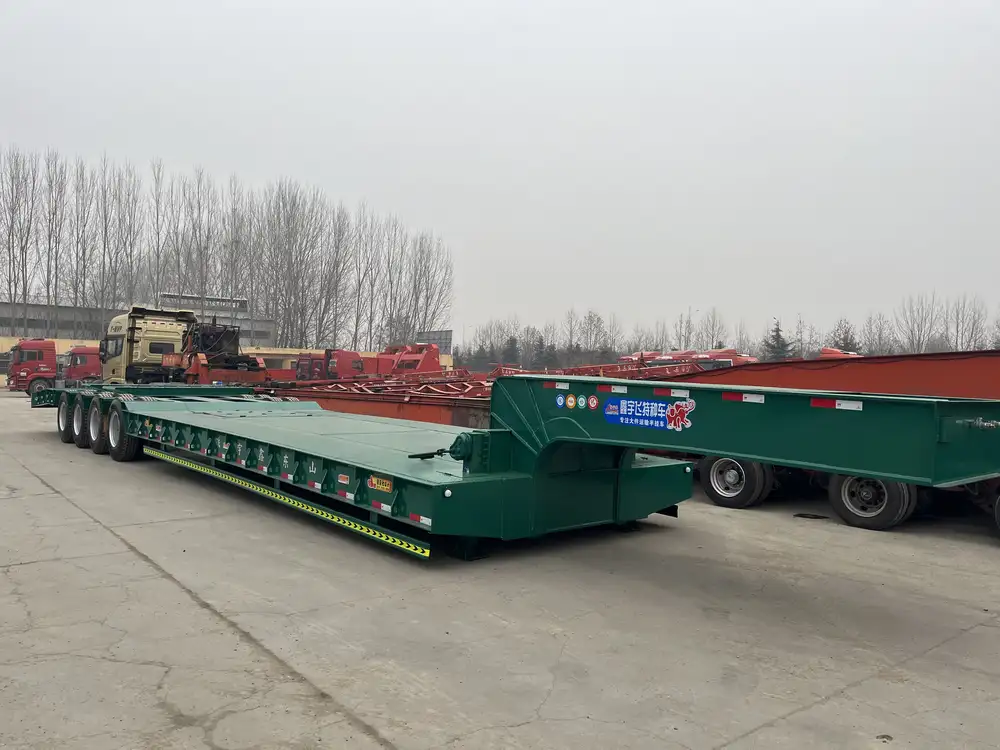
Choosing the Right Axles
The axle is a critical component that supports the weight of the trailer and enables smooth movement. Depending on the total weight, consider:
- Single Axle: Suitable for lighter containers (
- Dual Axle: Preferred for heavier loads (20-ft container or overloaded 10-ft).
Suspension System
A reliable suspension system helps distribute weight evenly and provides better handling during transport. Options include:
- Leaf Spring Suspension: Cost-effective and widely used for heavier loads.
- Torsion Axle Suspension: Offers a smoother ride, though at a higher cost.
3. Wheels and Tires

Selecting the Right Wheels
Select wheels that can handle the weight carriers while ensuring stability. Typically, 15 to 20 inches in diameter will suffice for standard-sized shipping container trailers.
Tire Specifications
Use tires rated for heavy loads, ensuring they meet the demands of the terrain the trailer will navigate. Consider all-terrain tires if you anticipate traversing rugged landscapes.
4. Hitching Mechanism

Coupling Types
The hitching system is essential for connecting the trailer to a towing vehicle. Common types include:
- Ball Hitch: Easiest to use for lightweight trailers.
- Gooseneck Hitch: Suitable for larger trailers, providing increased stability.
5. Braking System
Types of Brake Systems
A reliable braking system is crucial for safety. Consider:
- Electric Brakes: Ideal for heavier loads; they engage immediately when the towing vehicle’s brakes are applied.
- Surge Brakes: Automatically engage when the trailer moves forward, suitable for lighter trailers but less responsive.
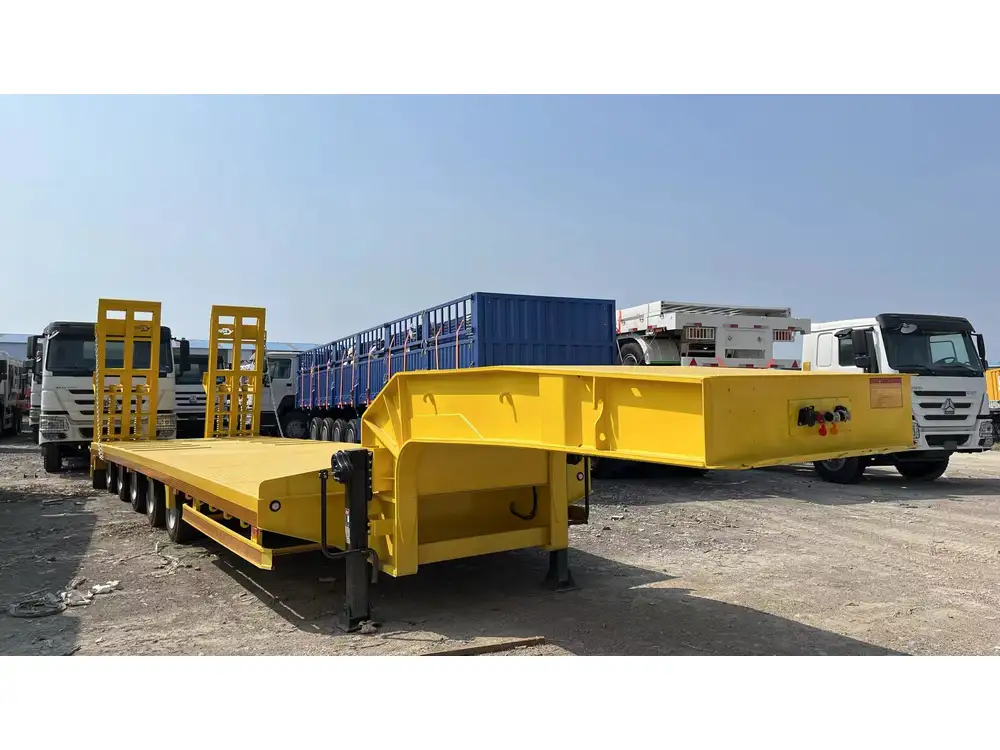
Step-by-Step Construction Process
Step 1: Drafting a Plan
Create a detailed plan that includes materials, dimensions, and cost estimates. It’s vital to comply with local regulations regarding trailer construction.
Step 2: Fabricating the Frame
Using a cutting tool, fabricate the frame from the selected material following your drafted plan. Employ welding for steel frames or appropriate joining techniques for aluminum.
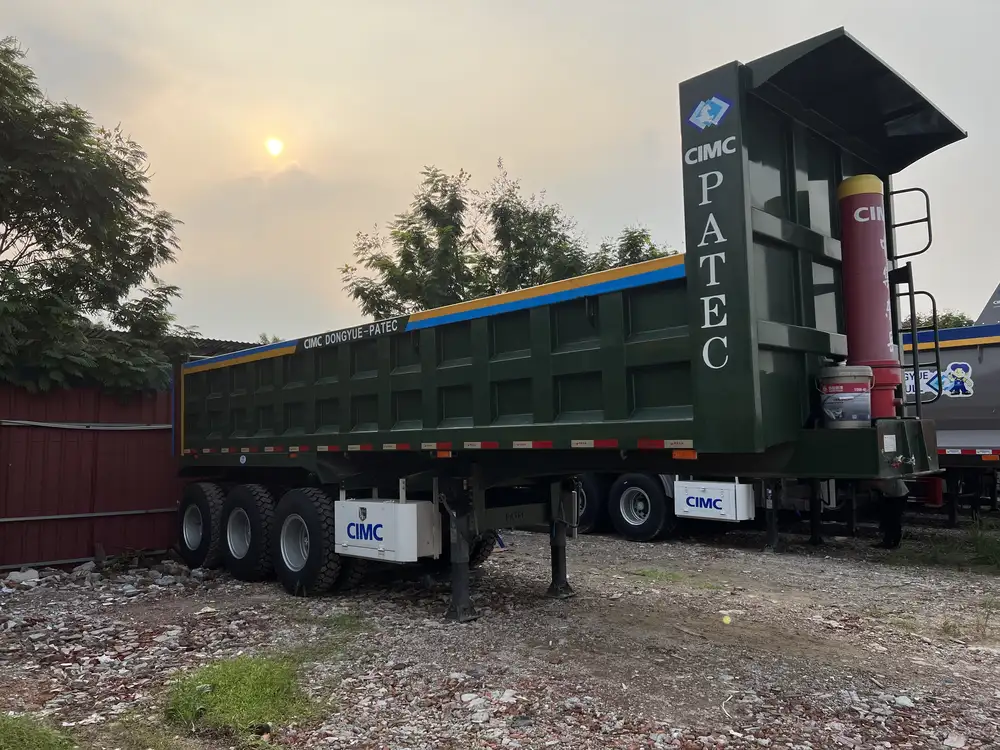
Step 3: Installing the Axle and Suspension
Once the frame is complete, attach the axle and suspension system. Ensure the axle’s placement is optimally positioned for weight distribution.
Step 4: Mounting the Wheels
Attach the wheels, carefully ensuring bolts and fittings are tightened to specifications. This is crucial for both safety and performance on the road.
Step 5: Adding the Coupling Mechanism
Securely install the coupling mechanism appropriate for your towing vehicle, following the manufacturer’s specifications for weight limits.

Step 6: Finish with Braking System
Install the brakes according to the manufacturer’s guidelines. Ensure everything is properly connected.
Step 7: Painting and Finishing Touches
For corrosion protection, paint the entire trailer frame with a rust-resistant coating. Add any additional features like lighting or reflective markers as needed.
Safety Tips and Regulations
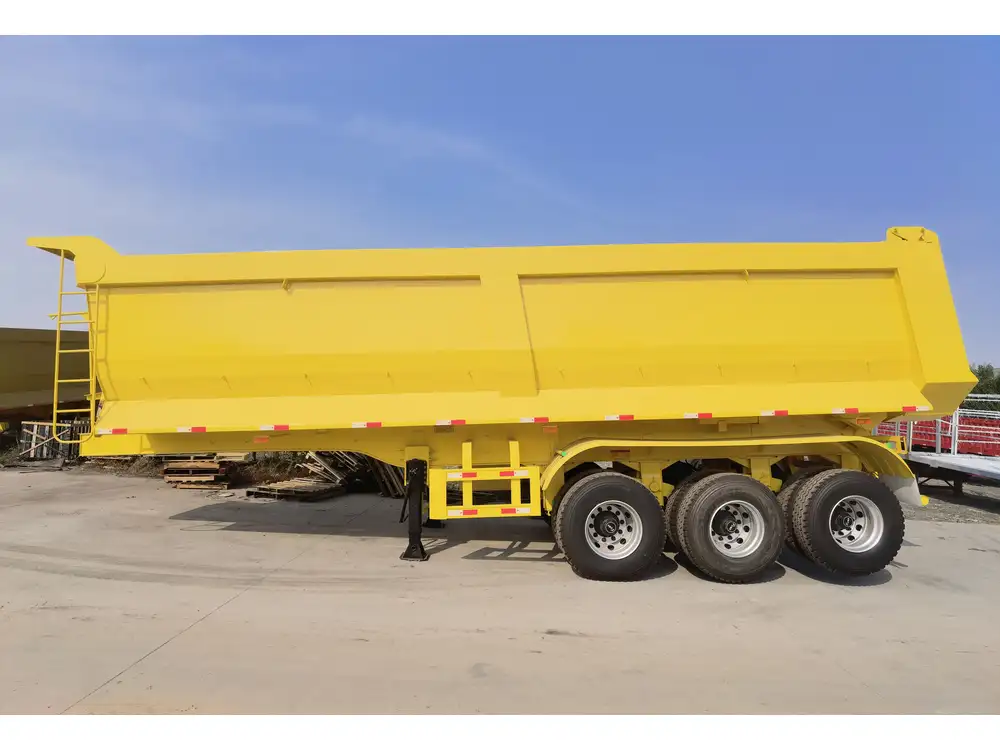
Legal Requirements
Before taking your newly constructed trailer on the road, ensure it complies with your local and federal regulations regarding trailers, including:
- Weight Limits
- Lighting and Markings
- Brake Requirements
Regular Maintenance
After construction, maintain the trailer regularly, inspecting tires, brakes, and frame integrity to ensure safety over time.
Creative Uses for a Trailer with Shipping Container
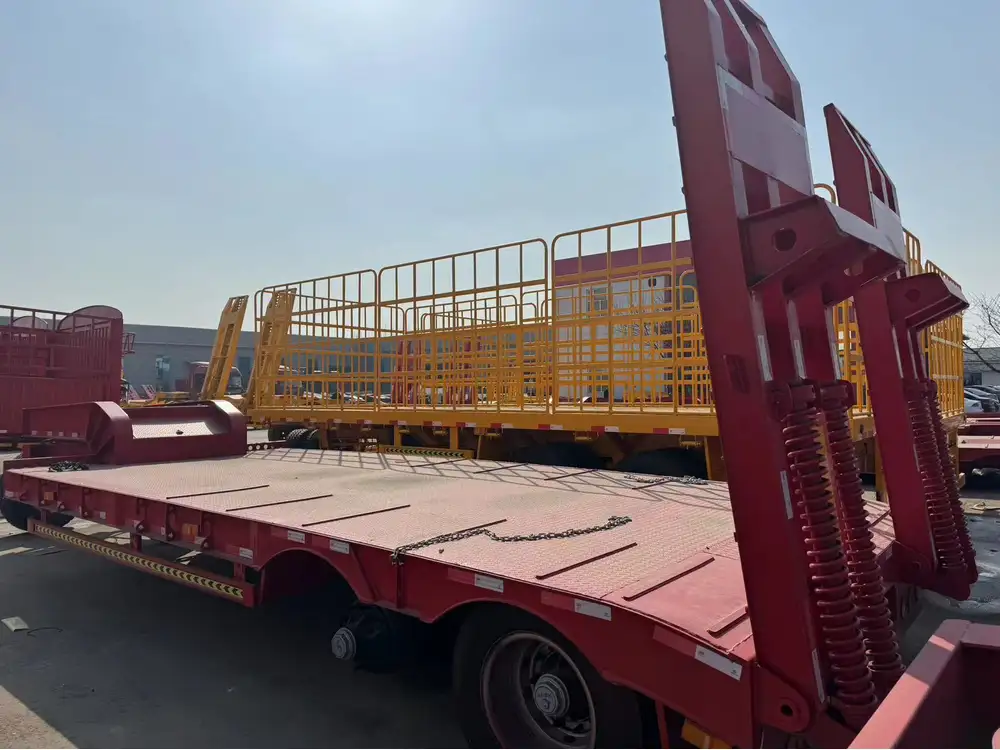
Mobile Offices
Transform a shipping container into a mobile office by incorporating essential features like electricity, ventilation, and interior furnishings. This can be crucial for remote work sites.
Temporary Housing
Repurpose a shipping container for temporary living arrangements during events or construction projects. Ensure compliance with local standards for habitable structures.
Storage Solutions
Use a trailer-mounted shipping container as a mobile storage solution for construction sites, providing on-site accessibility for materials and tools.

Conclusion
Successfully building a trailer for a shipping container is an ambitious yet attainable project that can yield significant rewards. By understanding structural components, regulations, and creative applications, one can transform a simple idea into a versatile asset for transport, utility, or creativity. With proper planning and execution, your trailer will not only serve its purpose well but stand as a testament to your proactive approach to logistics and efficiency. The right combination of materials, design, and safety features will ensure that your trailer meets all your needs for years to come.
Through meticulous planning and application of this guide, you can confidently venture into constructing a durable, reliable trailer that accommodates your shipping container while optimizing safety, efficiency, and versatility.



